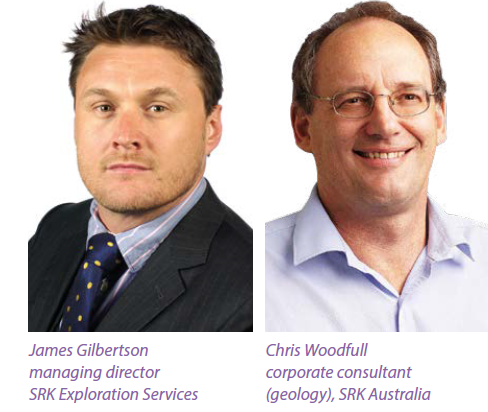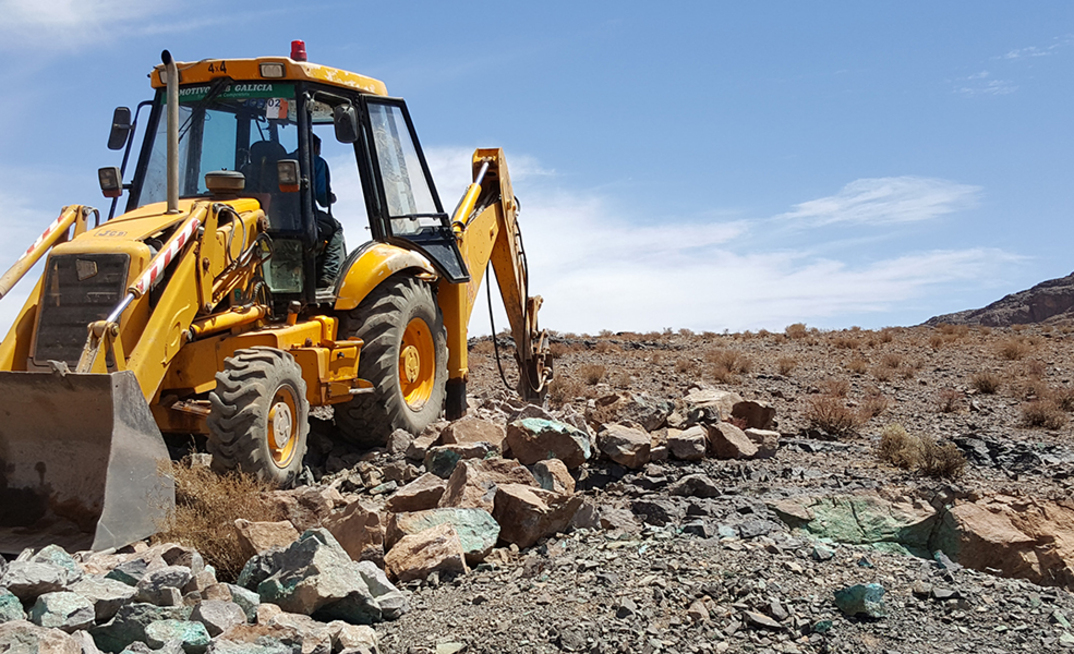A paradox of the mineral exploration sector is that it is both distinct and inseparable from the broader mining industry. Although the odds of a greenfields exploration project ever becoming a mine have been estimated at around one in one thousand, every mine begins life as an exploration project.
With this in mind, explorers should always be mindful of the challenges facing the industry. In the coming decade, there will be no two greater challenges than the need to consistently demonstrate strong sustainability credentials, including appropriate environmental, social and governance (ESG) principles and practices, and to meet the growing material needs of the world economy and emerging green economy.
ESG: An opportunity, not a hindrance
More projects than ever are failing to advance not because of technical issues, but because of environmental and social issues. It is incumbent on the exploration sector to address sustainable work practices, including ESG, early in project life cycles rather than set it aside for when projects reach a development stage. Integrating sustainability into decision making right from the start of an exploration project provides the foundation for constructive long-term engagement with all stakeholders, thereby serving to significantly de-risk a project. Therefore, sustainability should be viewed not as a hindrance to exploration but as an opportunity.
Establishing a respectful, open, engaged and supportive relationship with the local community, where shared values can be established, is critical to establishing a sustained social licence to operate (or explore). While part of the engagement may include highlighting the types of activities involved in exploration, and thereby highlighting the differences between exploration and mining, there are many other aspects to this engagement - responsible behaviour, being open to considering alternatives (e.g., non-invasive versus invasive activities, moving around properties, etc.), looking for collaborative opportunities, understanding the Needed: Discoveries to feed green economy rights and perspectives of various stakeholders and maintaining open, regular and effective communication, just to note a few.
Establishing a positive and constructive track record at the early stages builds trust and respect and helps lay the foundation should discovery and exploration success occur. Establishing success in this area, coupled with discovery success, should lead to better outcomes with investors (and by extension, exploration funding).
Uptake of non-invasive and lower impact, more environmentally sustainable on-site technologies will serve to make projects more environmentally friendly and assuage fears from communities who may only know about mining from negative depictions in film or the wider media.
These non- to less invasive technologies include:
♦ Drones, in low impact acquisition of geophysical or other remote sensing imagery;
♦ Passive-geophysics, techniques that allow for a greater understanding of subsurface geology and structure without the use of disruptive seismic or electrical sources;0
♦ Non-invasive geochemical surveys, most surface geochemical surveys are relatively non-invasive, but the use of technology such as ionic geochemisty allows for rapid anomaly detection with the smallest of impact possible;
♦ Deep 3D geophysics inversion modelling, utilising new geophysical techniques to assess deep signatures coupled with using geological models to assist in constraining them during inversion modelling;
♦ Remote sensing and hyperspectral platforms, greater use of these tools early on to guide exploration ensures fewer areas require invasive exploration; and
♦ Downhole monitoring, using downhole tools and probes to maximise data capture and utilise every borehole to its full extent.
Greater adoption of non-invasive technologies offers the added benefits of reducing costs and improving technical efficiency-KPIs that will only grow in importance as explorers go to increasingly greater depths to discover the minerals needed to fuel the post-COVID economic recovery and assist in the decarbonisation of the global economy.
The exploration sector is also a rare case of an industry that becomes harder the more successful we become. As the number of viable deposits near surface dwindles, especially in well-established mining jurisdictions, explorers need to go undercover in search of new discoveries, increasing uncertainty and risk. This will increase our reliance on new technology and geological concepts such as system science. This is where technical efficiency and effectiveness becomes critical.
Adoption of non-invasive technologies like those mentioned above will help. So too will new invasive technologies such as coil drilling, which reduces the cost and increases the speed of drilling, allowing us to drill at greater depths where the next Tier 1 deposits are more likely to be found. Coil drilling technology also provides an added benefit by reducing the drilling footprint and thereby minimising environmental impacts. Couple this with new lab-at-rig technology and other developments like portable XRFs and PhotonAssay and we have the potential to dramatically speed up mineral exploration.

Data science, and specifically machine learning, is another important growth area for the exploration sector and mining industry in general. Today, our industry collects vast quantities of data, too much for any geologist or team of geologists to efficiently analyse in a reasonable timeframe. A machine learning model can be trained to examine reams of data - whether that be proprietary company data and/or historical pre-competitive data in jurisdictions where such a thing is available - in a much shorter period of time. It is important to note however, that machine learning is not a silver bullet; it performs the grunt work for the geologist, much like a paralegal does for an attorney. But it is also much more than that, having, for example, the ability to potentially detect connections between disparate data sources that would be virtually invisible to the human eye.
Discovery success is not just about having a large geological team with access to these technologies. Better efficiencies will also require the adoption of certain organisational principles. Having a technically strong team is fundamental to exploration success, as Robert Friedland has demonstrated with Turquoise Hill Resources and Ivanhoe Mines and others have shown with various exploration ventures. Coupling technical capabilities with a strong team culture has also been a successful combination, as the leaders of Western Mining Corporation (later acquired by BHP) knew in the late 1960s to 1990s when they made numerous discoveries including Kambalda and St Ives in Western Australia and the giant Olympic Dam copper-uranium deposit in South Australia.
Finally, the need to improve technical efficiency demands new ways of thinking. One potential new approach is scenario planning, a strategy of planning for multiple future scenarios pertaining to one's business. Building on this concept, researchers at the University of Western Australia's Centre for Exploration Targeting are developing a ‘multiple hypothetical reserves' approach whereby explorers would develop multiple scenarios about currently undiscovered mineral accumulations that could be extractable in the future.
Discovery rates must improve
Countless observers have noted that the continued growth of the world economy and particularly low-carbon technologies like batteries, wind turbines and solar panels will require much larger quantities of certain commodities - such as copper, cobalt, lithium and graphite - than can be produced from existing (or known) resources and reserves. It is for the exploration sector to meet this growing need from the new green reality, and to do so, our success and discovery rates must improve. Together with adequate funding this will require the sector to embrace and successfully integrate new technologies and new mindsets with sound geological knowledge and thinking.
ABOUT THIS COMPANY
SRK Consulting
SRK Consulting is an independent, international group providing specialized consultancy services to the mining and exploration industries, financial institutions, EPCM firms, construction companies, and government bodies.
The SRK Group has over 1700 staff internationally in over 40 permanent offices in 20 countries.
Contact Us:
Locate the SRK office closest to you
Follow Us:
LinkedIn
Website:
www.srk.com


























